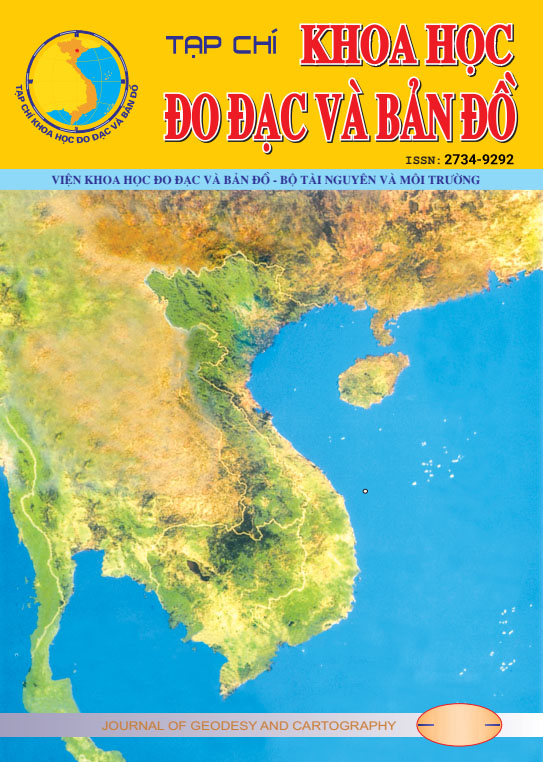Abstract
The increasing amounts of impervious surface areas is a result of rapid urbanization in big cities. There have been some studies on the impacts of urbanization on ecosystems, particularly when the impervious index exceeds the threshold for maintaining a sustainable ecosystem. This paper examines the relationship between Urban heat island - UHI and the percentage of impervious surface area (% ISA – Impervious surface area) with the pilot area carried out in Hanoi, Vietnam. In this study, the land surface temperature is calculated from the Landsat TM. Research has provided a flowchart of steps from pre-treatment, radiation conversion and temperature measurement. The %ISA results are qualitatively assessed by structural/spatial visual comparisons to the land use structure/pattern of the pilot area. Land surface temperature (LST) and impervious surface area (ISA) were chosen to examine the correlation with the predicted urban heat island. The results indicate that there is a significant correlation between LST and ISA%, in which the change in LST has been explained based on ISA, especially for high density areas of Hanoi.
PDF (Tiếng Việt)
| Download: 310
Downloads
Download data is not yet available.

